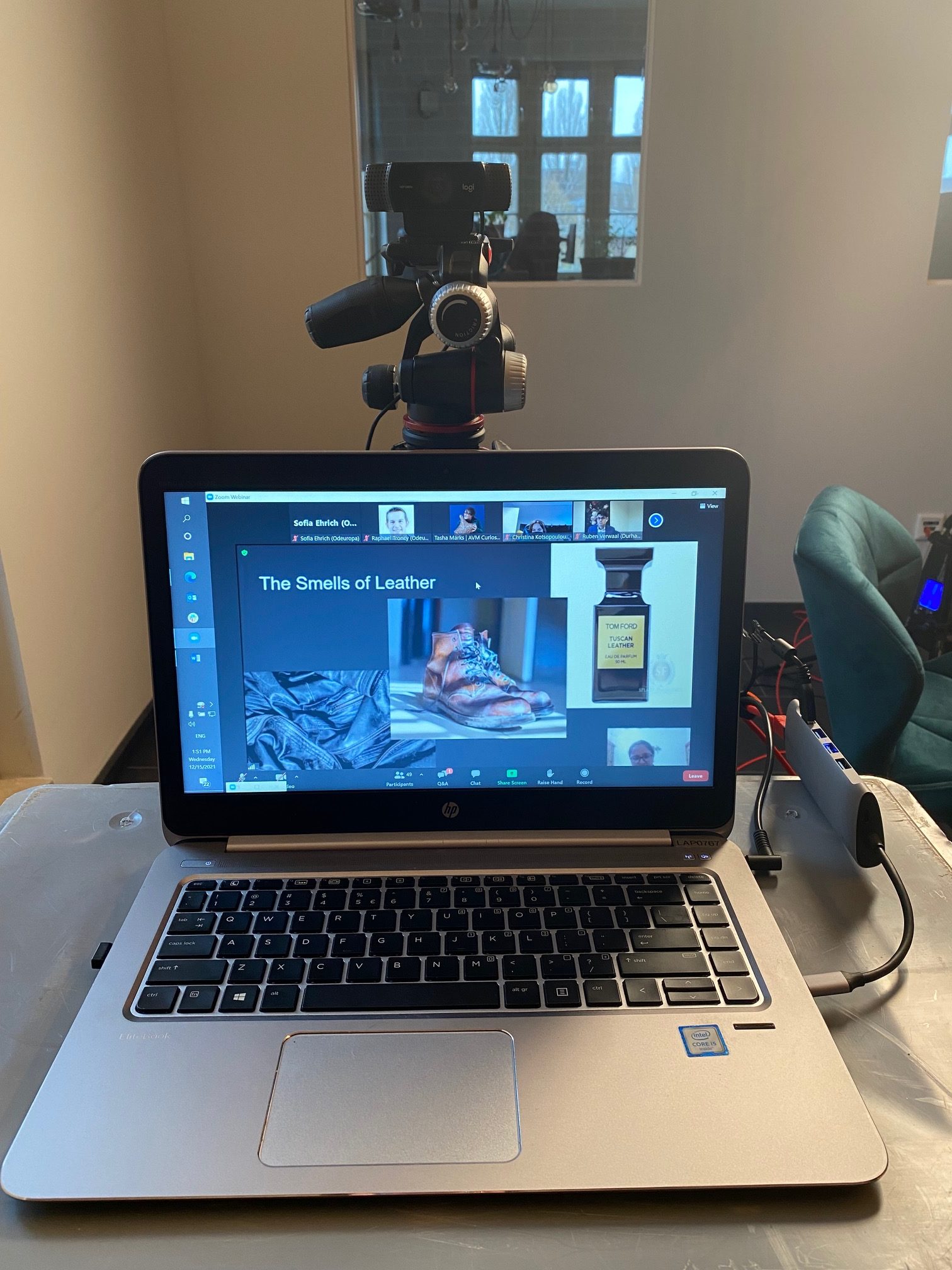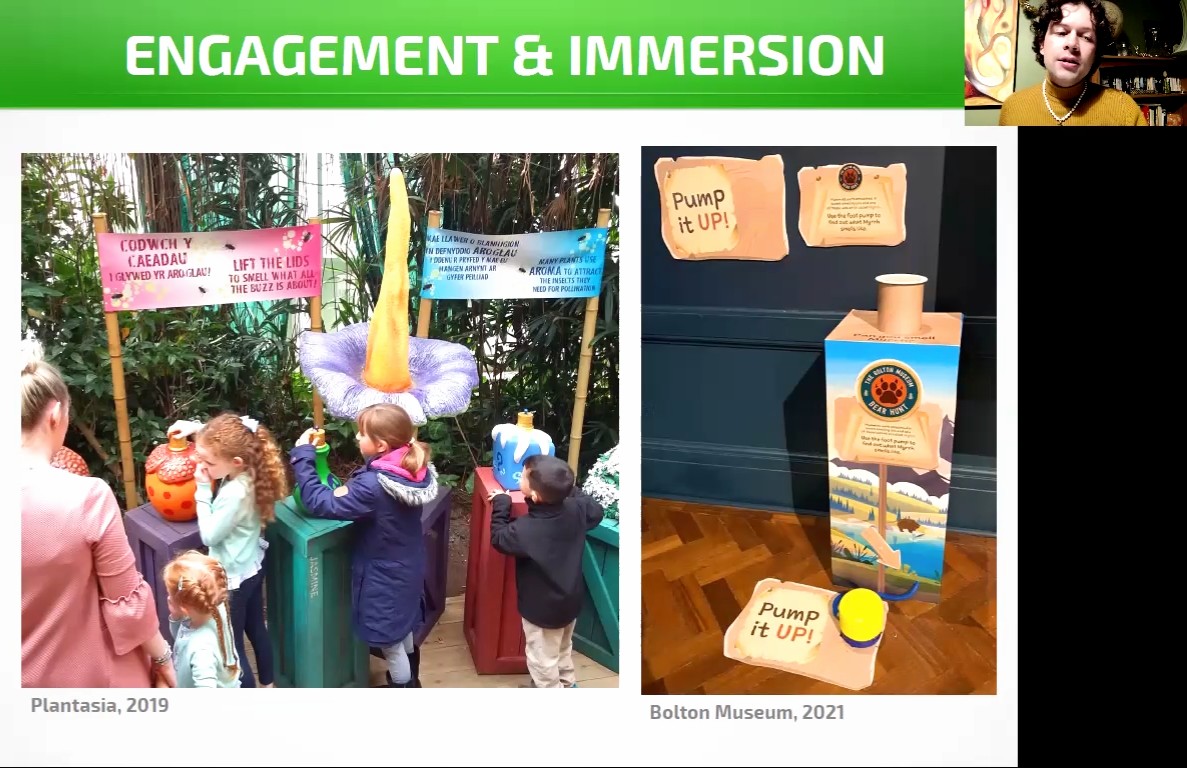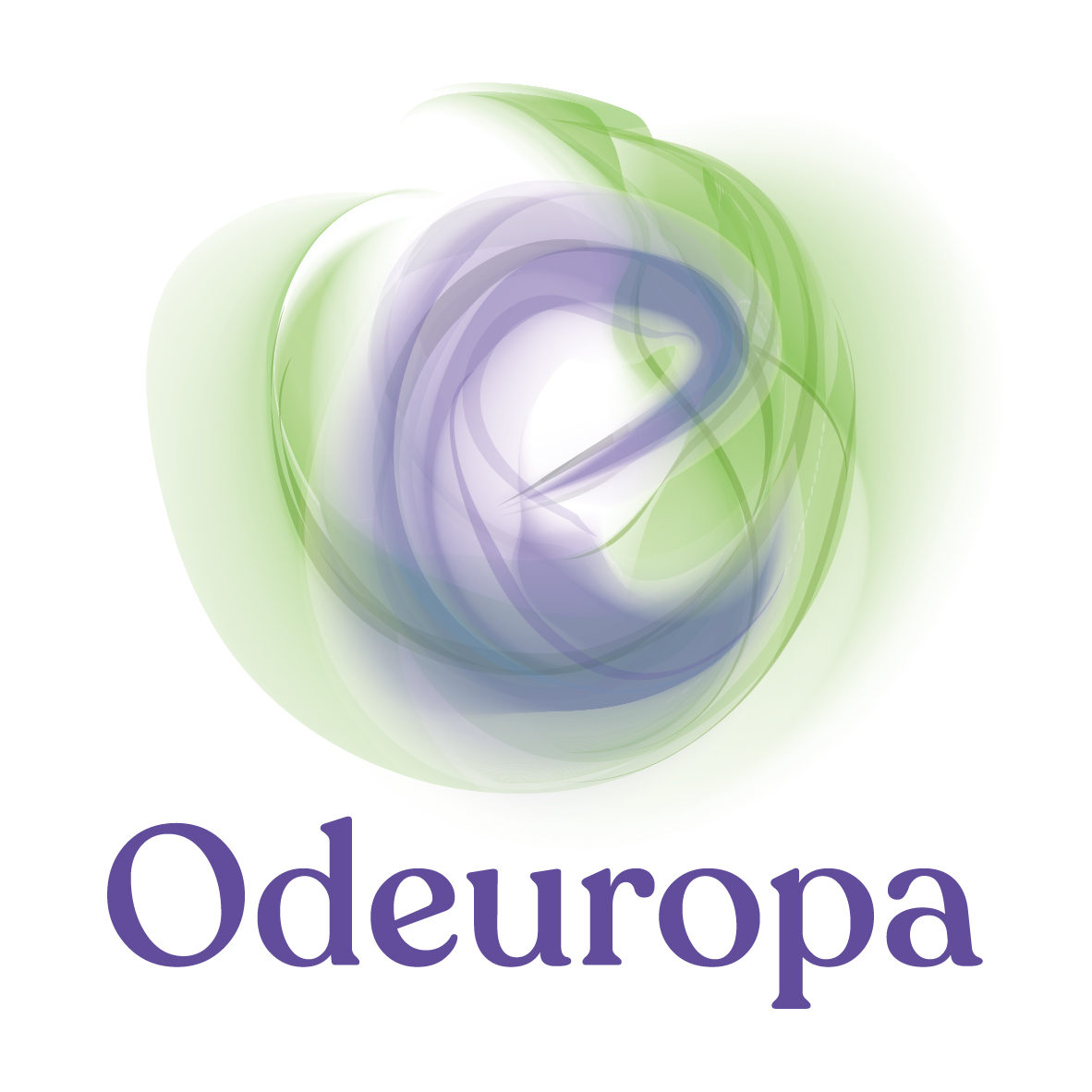By: Christina Kotsopoulou & Sofia Ehrich

On December 15th and 16th, 2021, the Odeuropa project in collaboration with the Berlin Center for Cold War Studies (BKKK), hosted its second workshop: Malodours as Cultural Heritage?. The goal of this workshop was to explore and challenge the topic of stench from varying angles and provide methods and techniques using malodours as an important means of storytelling within heritage institutes. The workshop targeted different questions such as: what do malodours tell us about transitions and advancements within urban, social, cultural, and environmental contexts? How can the sense of smell act as a measurement of analysis for histories of the past and present? And how can malodours be used as a storytelling technique within heritage institutes?
The workshop consisted of twenty nine ‘lightning talks’ from thirty one experts with interdisciplinary knowledge about malodours. The presentations were categorised into five different sessions with the first two sessions taking place the first day of the workshop: 1) Malodours as Cultural Heritage? and 2) Smell Cabinets, which consisted of two parallel sessions that the audience could choose to attend – Smell Cabinet A : Smells from ‘Hidden’ Infrastructures – Sewers and War and Smell Cabinet B: Smells of Leather and Body Fluids – , 3) Malodours and Environmental Relations: Past and Present, 4) Shaping ‘Otherness’ through Smell and lastly 5) How to Incorporate Malodours in Heritage Institutes?. Each session was followed by an opportunity for the audience to ask questions.
Due to the Covid-19 pandemic, the workshop was held entirely online. Regardless of the online form of this workshop, Odeuropa stayed faithful to its nose-on approach by developing a ‘Do it Yourself’ curriculum for remote smelling which online participants could follow before and while attending the workshop.

Over 160 participants registered to participate in the workshop. All participants were ready to exchange knowledge about malodours – odours which many heritage institutes and perfume makers tend to avoid due to their intensity and the current lack of knowledge surrounding them. This workshop opened new doors in considering malodours – as well as fragrances – as an integral part of our cultural heritage. Keep reading for a summary of the two-day workshop.
DAY 1
In session one, different members of the Odeuropa team aimed to introduce malodours as cultural heritage. They worked to define ”malodour” and taught participants how to approach the histories and practices around stench, and how to present these scents as heritage. The Odeuropa team also presented its draft definition of olfactory heritage, discussed its volatility and the challenges it presents for safeguarding. For instance, heritage objects often hold smells which are eliminated in the process of preservation. This is even more true of malodours, as the effects of these scents can have negative associations and impact (ex. harmful to the health and safety of museum guests). Although concepts surrounding malodours open opportunities for varying narratives, the expectations surrounding the health, safety and environmental impact of these scents are often perceived negatively within the cultural heritage sector. It was clear through this session, however, that new trends in heritage policy are expanding, paving the way for future opportunities for approaching malodours as cultural heritage. Lastly, we discussed the state of the art computer science technologies used to capture information about the foul and the fragrant within digital heritage collections. Approaching olfactory topics from a digital perspective sparked discussions of how computers consider olfactory language and noses.
Session two was split into two ‘smell cabinets’ focusing on four different malodours: leather, body odours and fluids, war, and sewers. The smell cabinet on leather and body odours and fluids explored malodours as a means of communication: how the chemical structures of our sweat can impact interactions with others; how the scent of tanned and perfumed leather can teach museum goers about a historic olfactory process, or if computers can detect gestures of disgust in images.
The smell cabinet focusing on the smells of sewer and war focused on the perception of malodours and descriptive smell language: how do different ‘noses’ deal with malodours and how does the public experience such smells within museums? The smell cabinet sessions showed that the exploration of just one malodour can go in many directions and through many disciplines. This is a valuable exercise in exploring storylines of malodours as cultural heritage.

DAY 2
Session three focused on malodours as a sign of environmental impact. In everyday life, malodours are a key indicator of pollutants and environmental annoyances which directly affect our health. The panels in this session explored how olfactory artists have used malodours as a narrative tool to communicate the politics of breathing and the impacts of climate change. Although these odours and the conditions which follow are toxic norms around the world, when these scents are presented in the museum, they must go through complicated health testing in order to be considered safe in the museum. This highlights the controversial storylines which malodours can raise: although these pollutants are released into our cities and neighbourhoods daily, they are considered hazards within the museum space.
Session four focused on how malodours ‘shape otherness’. The talks in this panel emphasized that malodours are not only a measurement of communication and environmental impact but also of difference in society (race, gender and religion). Here the question of when and why an odour becomes a malodour was raised. When thought of as a cultural construct, a malodour can define people, shape their identity and be used to enforce segregation. This panel raised that not only should we be sensitive when using certain malodours as a means of storytelling but also that it is important to be aware of our olfactory language. If a negative olfactory logic is used around someone or something, it can cause extreme and long lasting stereotypes and ideologies of people.

The final session explored methods and techniques of incorporating malodours into heritage institutes. This panel raised the perspectives of perfumers, scent consultants, scent designers and curators kicking off with tips, tricks, and challenges that are particular to malodours. These smells can act not only as a tool for a memorable learning experience but also as a way to engage and immerse visitors in diverse ways. That said, it was important to discuss how perfumers – who are accustomed to creating fine fragrances – can be instructed to create malodours to communicate darker and more complex narratives in the museum.
The last two presentations in particular showcased the varying perspectives of two artist-curator groups, highlighting the relationship olfactory artists/scent designers have with museum curators. Their perspectives brought forward that communication amongst all involved in olfactory exhibitions is key throughout the entire project. Also emphasised were the many challenges that arise when creating scents from historical, oral or material histories. For example, the idea of authenticity versus accuracy and the act of communicating that these scents may not be an exact representation of the scent in the past. All presenters stressed the cultural importance of designing with (mal)odours, because they can either capture nostalgic qualities by communicating a lost past, or help to invite people to new, more sustainable future behaviour.
In sum, we learned through our malodour workshop that although the concept of malodour is difficult to define, it provides ample opportunities for heritage exploration and experimentation. The interdisciplinary presentations of this workshop reinforced many of the reasons for the rejection of malodours within heritage institutes and many of the outcomes of the Working with scent in GLAMs workshop. Olfactory heritage and sensory museological practices are still underrepresented and underused in the cultural heritage sector and with malodours, the challenges and anxieties of museum professionals are even greater. Not only are malodours hedonically impactful and capable of potentially causing negative physical and emotional reactions, but their intensity means that it is also important that they are presented in a very intentional and controlled way. All the museum professionals and scent consultants who presented at the workshop accentuated the value that malodours add to narratives as well as the unique and powerful stories these scents are able to communicate. All in all, one of the most important things we learned in this workshop is the historical importance of malodours and the invaluable impact they have on storytelling and community shaping. We hope to utilize and bring forward the knowledge learned from the workshops of 2021 into our Olfactory Storytelling Toolkit that we are preparing for cultural institutions, as well as to our upcoming olfactory events.
For reference to the final program of Workshop: Malodours as Cultural Heritage? please click here.
